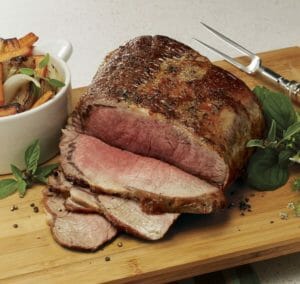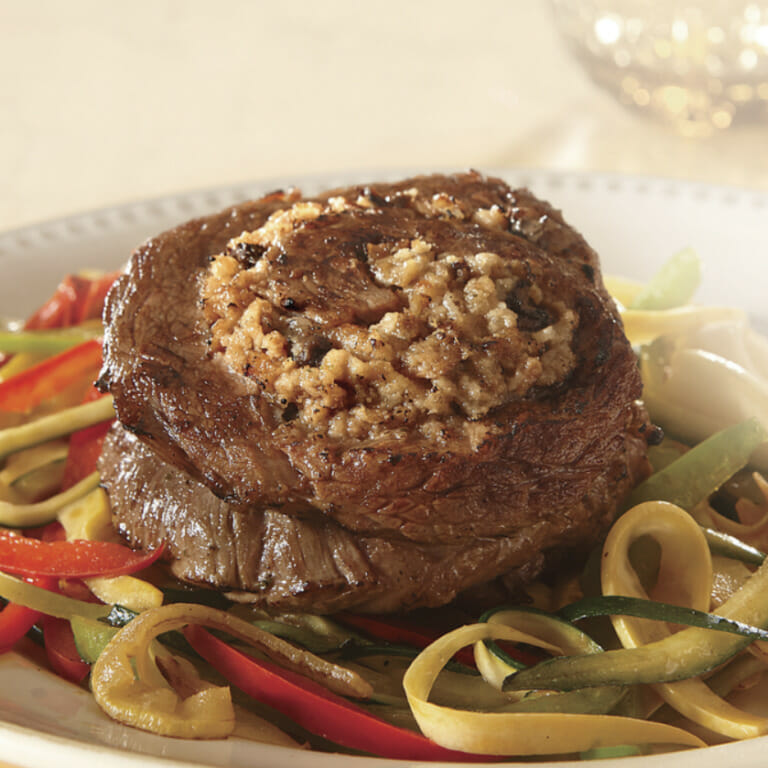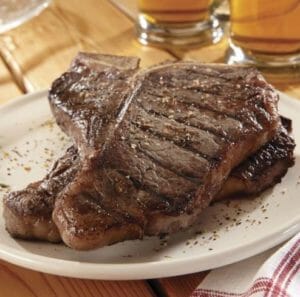Mardi Gras Recipes: How to Make Jambalaya
Jambalaya is a classic Cajun/Creole dish from Louisiana, and one of the tastiest Mardi Gras recipes. Learn the right ingredients and how to make jambalaya.
If you’re looking for a reason to party, look no further than Mardi Gras. Mostly because of the reputation of New Orleans as a major party town, this event is known for overindulgence in fine food and drink (for which New Orleans is also famous). And one of the most popular dishes to serve at a Mardi Gras party is jambalaya.
Jambalaya is a dish with a fascinating history and many variations…but to best understand how it fits this occasion, let’s explore the background of Mardi Gras itself.

What Is Mardi Gras?
Mardi Gras is French for “Fat Tuesday”. Also known as Shrove Tuesday, it is the day before the beginning of Lent (Ash Wednesday). In the Roman Catholic church especially, Lent is a time of repentance, atonement, and self-denial. Many people choose to give up something for Lent, such as alcohol or frivolous spending. One tradition involves the abstinence from meat on Fridays during Lent; some choose to give up red meat throughout Lent, while many others avoid meat on Fridays all year long (hence the popularity of the Friday fish fry in many areas). So with Ash Wednesday marking the beginning of 40 days of dietary deprivation, the day (or even the week) before becomes a time to indulge in rich, meaty food…hence, “Fat Tuesday”.
Mardi Gras foods vary greatly, depending on one’s culture. In Britain and the Commonwealth, Shrove Tuesday is celebrated as “Pancake Tuesday”—and you can probably guess the food of choice. The Germans believe eating sausage and sauerkraut that day brings luck. And in Louisiana, they laissez les bon temps rouler (let the good times roll) with some of the greatest regional cuisine in the United States: gumbo, étouffée, and jambalaya.
Origins of Jambalaya
There are many ways to make jambalaya, and knowing its origins will help you determine your favorite style.
Jambalaya is common to both the Cajun and Creole cuisines of Louisiana. The cuisines, like the people, are different yet overlapping.
Cajun is slang for “Acadian”, after the Acadia region of eastern Canada. (Yes, Canada.) French colonists in Acadia were forced out by the British during the French and Indian War (part of the Seven Years’ War between Great Britain and France from 1756 to 1763). The Acadians fled all the way to Louisiana, at the far southern end of what was then New France (Acadia was also part of this territory). There were already French colonists in Louisiana (the Creoles), but “Cajun” refers specifically to the refugees from Acadia.
Creole is a different blend of cultures entirely: French and Spanish (who alternately ruled parts of the area), Native Americans, and freed African slaves from the Caribbean. Creole is also a term used to refer to a language developed from a blend of different languages, and this unique blend of people truly had (and still have) their very own language…and cuisine.
A common theory is that jambalaya got its name from the Spanish jamón paella. Paella (pye-AY-uh) is the famous rice-and-seafood dish of Valencia, and jamón is the Spanish word for ham. This makes sense, since jambalaya is much like paella and often contains ham; in fact, the United States Department of Agriculture’s official standard declares that jambalaya must contain at least 25% cooked ham. But while the jamón paella theory is interesting, it’s more likely that the name comes from the nearly identical Provençal French word jambalaia, meaning “mishmash”.
How to Make Jambalaya
As previously noted, there are many ways to make jambalaya…but only two basic types: Creole or “red” jambalaya (with tomatoes), and Cajun or “brown” jambalaya (without tomatoes). The Creoles introduced jambalaya to the Cajuns, where it took on a different character by necessity.
Foods naturally evolve as they adapt to locally available ingredients. Since the Spanish colonists had no access to saffron to make their traditional paella, they substituted tomatoes to add the vibrant color. The Cajuns in the bayous, on the other hand, had less access to fresh tomatoes so they browned meats in the bottom of the pot to add a deep, earthy flavor. Both types, however, use what is known as the Louisiana “holy trinity” of aromatics: onion, celery, and bell pepper. (Similar “trinities” appear in European cuisines; the French mirepoix and Italian soffritto comprise onion, celery and carrot, while Spanish sofrito uses onion, garlic and tomatoes in oil.)
Creole jambalaya starts with the trinity sautéed in oil; Cajuns brown the meat in oil first, then remove it and use the drippings to brown the aromatics. Rice, stock, meats and seasonings are then added before simmering everything into a tantalizing one-pot meal that feeds a crowd. The rice is typically long-grain white rice; the stock is usually chicken (although some cooks love a stock made from shrimp shells). One thing that makes jambalaya different from gumbo or étouffée is that the rice is cooked in the dish as in a pilaf or paella, rather than separately. This gives the rice a more robust flavor and makes jambalaya a true one-pot meal. The meats used in jambalaya can vary greatly, and that’s where the real variety comes in.
Both Cajuns and Creoles are likely to base their jambalaya on Louisiana’s plentiful seafood, especially shrimp. Cajun cooks love to add a spicy smoked pork sausage called andouille, named after a completely different French sausage made from organ meats, and wild game from the bayou will often find its way into the dish. Other common meats are chicken and, of course, ham (especially if you subscribe to the jamón theory).
This jambalaya recipe is based strictly on ham, and is an excellent way to use up leftovers from Easter dinner (if you’re making it to celebrate the end of Lent). Another Creole-style recipe uses chicken and sausage…and it’s from the people at Tabasco (on Avery Island, Louisiana, since 1868), so you know it’s authentic.
Most jambalaya recipes will focus on one or two meats, but it’s not uncommon to find three, four or even five. To add real depth of flavor, you could use any of the above recipes and add some gourmet bacon or some smoked chicken, pheasant, or duck. Hey, it’s Mardi Gras—laissez les bontemps rouler!
Categories: Entertaining



